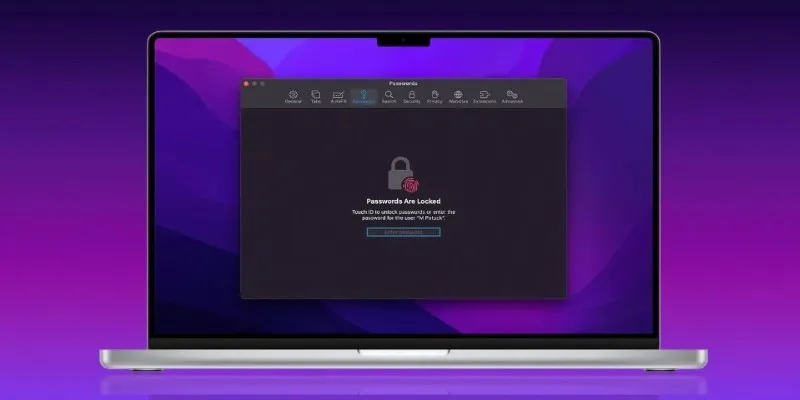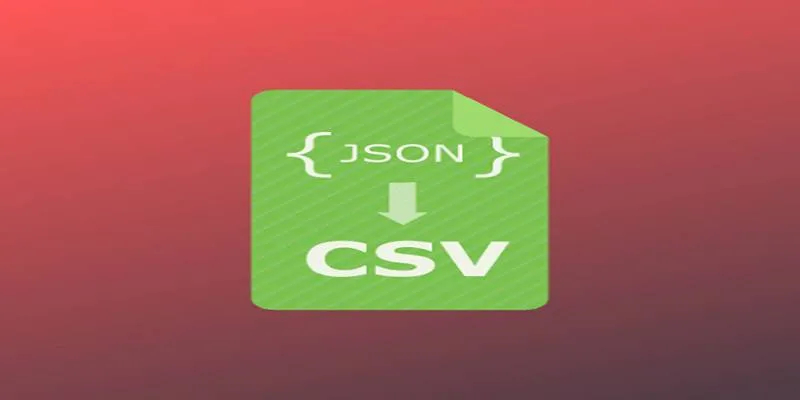Top Linux Distributions in 2025 for Performance, Security, and Flexibility
In 2025, Linux continues to be a popular choice, offering users unparalleled control, speed, and security, regardless of their expertise level. Whether you’re a casual user or an enterprise administrator, choosing the right distribution can significantly enhance your experience. Today’s top Linux operating systems are known for their outstanding performance, seamless updates, and robust security. Whether you’re interested in flexibility for development, reliability for servers, or ease of use for desktops, there’s a Linux distribution tailored to your needs. This article highlights the top picks for 2025, detailing their features, performance, and use cases. Dive in to discover which Linux distribution stands out this year and how it can meet your workflow and security requirements.

Why Choose Linux in 2025 for Security and Performance
Freedom, Transparency, and Open Source Benefits
Linux thrives because it is open source, allowing anyone to inspect, modify, and distribute the code. This transparency ensures quicker solutions for bugs and security issues, with minimized risks of backdoors or surveillance. Users enjoy greater freedom than with proprietary systems, having control over their operating system’s behavior, appearance, and performance. Linux encourages experimentation and personalization, eliminating bloatware and unnecessary processes to enhance overall performance. In 2025, community-driven innovation keeps Linux at the forefront of secure and efficient computing, making it the ideal operating system for users who value control, power, and principles.
Growing Ecosystem and Developer Support
By 2025, the Linux ecosystem has expanded significantly, with developers, enterprises, and gaming platforms increasingly aligned with it. Many cloud services prefer Linux environments, as tools like Docker and Kubernetes, along with GitHub, run natively on most Linux distributions. Major tech companies like Google and Microsoft offer Linux support across their infrastructure and developer tools. This evolution provides users with broader compatibility, faster updates, and better documentation. Developers appreciate Linux’s package managers, terminal flexibility, and community resources. Gone are the days when Linux was complicated to use and not future-proof; now, it’s a robust choice for coders, sysadmins, and tech enthusiasts.
Top Linux Distributions to Consider in 2025
Ubuntu 24.04 LTS – Best for General Use
Ubuntu 24.04 LTS remains the most user-friendly and stable Linux distribution, offering a clean interface, extensive community support, and access to thousands of applications via the Snap Store and APT. Designed for desktops and workstations, Ubuntu effectively balances performance and reliability, making it perfect for everyday users, students, and professionals. The latest version includes performance boosts and security updates to meet modern computing demands. Its Long-Term Support (LTS) guarantees five years of updates, providing a worry-free option. If you’re seeking an easy-to-install and maintain Linux OS, Ubuntu continues to be a top choice.
Fedora 40 – Ideal for Developers and GNOME Enthusiasts
Fedora 40 is a favorite among developers for its cutting-edge features and close alignment with upstream software. It offers a pure GNOME desktop experience and fast access to the latest software packages. Fedora’s focus on innovation means it often adopts new technologies before other Linux distributions, making it ideal for those who want the latest features. Additionally, Fedora’s strong SELinux integration enhances its reputation as a secure Linux system. For users who value developer tools, system transparency, and a modern interface, Fedora provides a sleek, stable, and forward-looking Linux environment in 2025.

Debian 12 – Stability and Reliability at Its Core
Debian 12 is renowned for its stability, making it ideal for servers, research environments, and mission-critical systems. Unlike some faster-moving distributions, Debian prioritizes well-tested software, ensuring high reliability. It also boasts one of the largest software repositories, allowing extensive customization. As the foundation for many other Linux distributions, including Ubuntu, Debian supports multiple desktop environments like XFCE, GNOME, and KDE. In 2025, Debian continues to deliver powerful performance with minimal system overhead, making it a solid choice for those needing a long- term, secure, and proven operating system without constant updates or disruptive changes.
Arch Linux – Power, Speed, and Customization
Arch Linux remains a top choice for advanced users who want full control over their systems. It’s lightweight, fast, and endlessly customizable, ideal for building a Linux OS from the ground up. While it requires more technical knowledge, its official documentation (Arch Wiki) is widely praised for clarity. In 2025, Arch appeals to users who prioritize minimalism, performance, and cutting-edge tools. For power users willing to invest time learning the system, Arch delivers unmatched freedom and speed.
Choosing the Best Linux OS for Your Needs
Desktop Use – Balance of Ease and Performance
For desktop users, the best Linux OS should balance usability, design, and hardware compatibility. In 2025, Ubuntu, Linux Mint, and Pop!_OS continue to excel in this area. These distributions feature user-friendly installers, driver support, and polished desktops requiring minimal configuration. They are also well-suited for older or lower-spec hardware, thanks to lightweight desktop environments like XFCE or MATE. These systems are ideal for students, home users, or anyone transitioning from Windows or macOS. With easy access to office apps, web browsers, and media tools, they are perfect for daily use, combining performance with out-of-the-box convenience.
Security and Server Environments – Lockdown Options
Security-focused Linux distributions are essential for server, development, and sensitive-data contexts. In 2025, options like Tails, Qubes OS, and Fedora remain top contenders. Tails is used for anonymous browsing and encryption, while Qubes OS offers compartmentalized computing to reduce breach risks. SELinux, AppArmor, and automatic security patching help safeguard systems against intrusion. These secure Linux systems are often favored by developers, security analysts, and privacy advocates. Additionally, distributions like AlmaLinux and Rocky Linux cater to enterprise server needs, providing reliable, secure server-grade performance. If data protection is your top priority, choose a distribution with hardened configurations and long-term support.
Conclusion
Choosing the right Linux distribution depends on your priorities—whether it’s performance, customization, or security. Options like Ubuntu, Fedora, Debian, and Arch continue to lead as the best Linux OS choices for varying needs. From secure server environments to fast desktop experiences, Linux distributions offer unparalleled flexibility. With a growing ecosystem and improved user interfaces, switching to Linux is easier and more rewarding than ever. Whether you’re looking for a secure Linux system or a lightweight, fast platform, Linux provides powerful solutions designed to evolve with modern computing demands.
Related Articles

The 8 Best To-Do List Apps for Android in 2025

10 Best Meeting Scheduler Apps to Try in 2025

10 Best Survey Apps You Need To Try in 2025

Best Password Managers for Safari and macOS

The 8 Best Live Chat Apps for Customer Support in 2025

8 Best To-Do List Apps for Mac in 2025

12 Best Productivity Apps for Mac in 2025

Upgrade Your Email Experience: The 7 Best Email Clients for Windows

Exploring The 5 Best Canva Alternatives for Creative Projects

The 6 Best Construction Management Software Options to Streamline Your Projects

Discover the 4 Best Journal Apps for Organizing Your Thoughts

The 10 Best Email Apps for iPhone: Streamline Your Inbox Today
Popular Articles

Resolving Google Classroom Submission Errors: Step-by-Step Guide

The 5 Best Bitrate Converters to Enhance Your Media Experience

Top 2 Ways to Record a Webinar on ClickMeeting with Ease

Upgrade Your Streaming: 5 Chrome Extensions to Enhance Video Quality

The 6 Best AI App Builders in 2025 for Fast, No-Code Development

Discover the 8 Best Document Management Tools of 2025

9 Powerful Chrome Extensions for Effortless Screenshots

JSON to CSV Conversion Made Easy: Tools Every Analyst Should Try

No Sound in Windows Movie Maker? Here’s How to Fix It

Omnichannel Marketing 101

How to Upload iMovie Videos to YouTube in 7 Easy Steps

 mww2
mww2